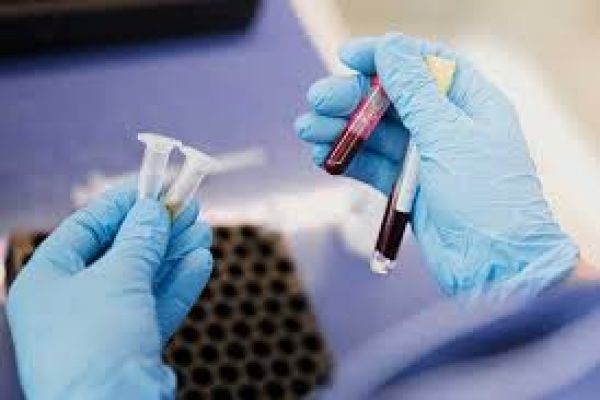The global In vitro diagnostics test kit market is experiencing significant growth, driven by technological advancements, increasing healthcare demands, and a shift towards personalized medicine. This article delves into the market size, forecasts, technological innovations, and strategic investment opportunities shaping the future of in vitro diagnostics (IVD).
Market Size and Forecast
The global IVD market is projected to grow substantially in the coming years. In 2024, the market was valued at approximately USD 108.30 billion and is expected to reach USD 150.13 billion by 2030, reflecting a compound annual growth rate (CAGR) of 5.62%.
Several factors contribute to this growth:
-
Rising Prevalence of Chronic Diseases: An increase in chronic conditions such as diabetes, cardiovascular diseases, and cancer necessitates regular diagnostic testing, driving demand for IVD products.
-
Aging Population: The global rise in the elderly population contributes to a higher prevalence of age-related diseases, further augmenting the need for diagnostic solutions.
-
Advancements in Healthcare Infrastructure: Improvements in healthcare facilities and diagnostic capabilities, particularly in emerging markets, enhance access to IVD services.
Technological Innovations
Technological advancements are at the forefront of transforming the IVD landscape. Key innovations include:
1. Molecular Diagnostics
Molecular diagnostic techniques, such as polymerase chain reaction (PCR) and next-generation sequencing (NGS), enable the detection of genetic material from pathogens or biomarkers associated with diseases. These methods offer high sensitivity and specificity, facilitating early and accurate diagnosis.
2. Point-of-Care Testing (POCT)
POCT devices allow for rapid diagnostic results at or near the site of patient care, reducing turnaround times and enhancing patient management. Innovations in microfluidics and lab-on-a-chip technologies have made POCT more accessible and efficient.
3. Artificial Intelligence and Automation
The integration of artificial intelligence (AI) and automation in diagnostic platforms improves the accuracy and efficiency of test results. AI algorithms can analyze complex data sets, providing clinicians with actionable insights and supporting personalized treatment plans.
4. Non-Invasive Testing
Advancements in non-invasive diagnostic methods, such as saliva-based tests and wearable biosensors, offer patient-friendly alternatives to traditional diagnostic procedures, improving patient compliance and comfort.
Strategic Investment Opportunities
The evolving IVD market presents several strategic investment opportunities:
1. Emerging Markets Expansion
Investing in emerging markets presents significant growth prospects. Expanding healthcare infrastructure and increasing health awareness in regions like Asia-Pacific, Latin America, and Africa are driving the demand for diagnostic services. Companies can capitalize on these opportunities by establishing local partnerships and tailoring products to meet regional needs.
2. Research and Development (R&D) Initiatives
Investing in R&D to develop innovative diagnostic solutions, such as multiplex assays and personalized medicine platforms, can provide a competitive edge. Collaborations with academic institutions and research organizations can accelerate the development of next-generation diagnostic technologies.
3. Regulatory Compliance and Market Access
Navigating the complex regulatory landscapes of different regions is crucial for successful market entry. Companies should invest in understanding and complying with regulatory requirements to ensure timely product approvals and market access.
4. Digital Health Integration
Integrating digital health technologies, such as telemedicine platforms and electronic health records, with IVD solutions can enhance patient engagement and streamline diagnostic workflows. Investments in digital health infrastructure can drive the adoption of IVD products.
Conclusion
The In Vitro Diagnostics Test Kit market is on a trajectory of significant growth through 2030, driven by technological advancements, increasing demand for personalized healthcare, and expanding access to diagnostic services. By focusing on emerging markets, investing in R&D, ensuring regulatory compliance, and integrating digital health technologies, stakeholders can capitalize on the opportunities presented by this evolving landscape.

